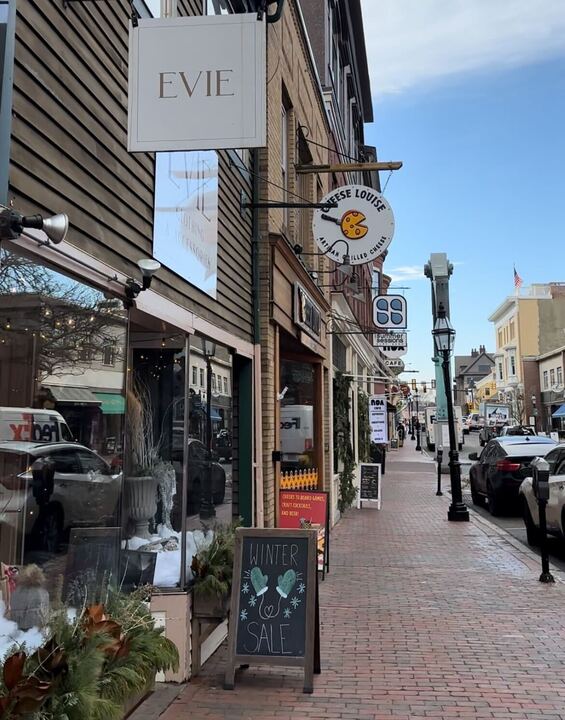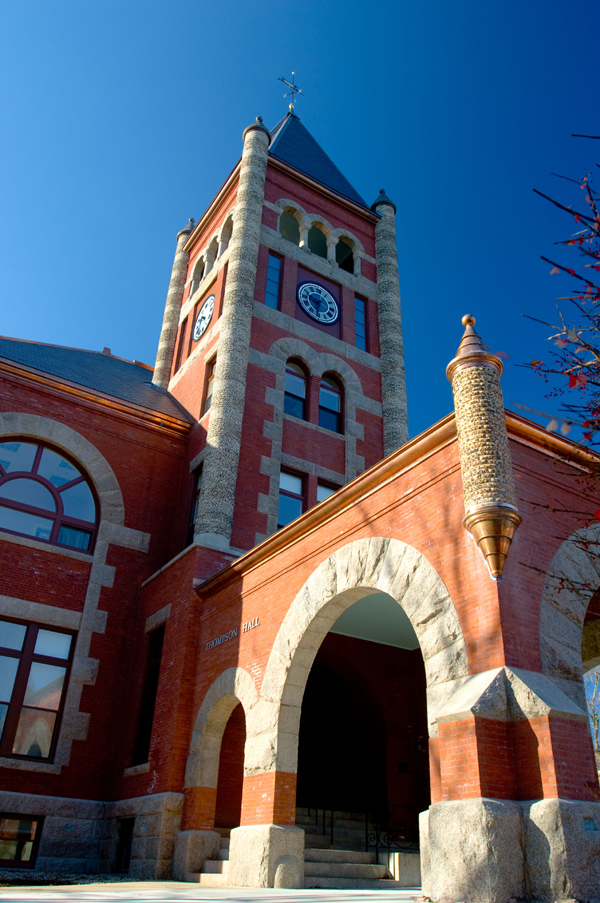Within the confines of a fabrication and design shop in Kingsbury Hall, the building that houses the College of Engineering and Physical Science at UNH, is a small group of sleepless students. These 25 individuals may start calling rooms S162 and S171 of Kingsbury their new home.
Since last May, these 25 students have been designing and fabricating a scaled down, open wheeled Formula One racecar. They plan to compete in the Formula Society of Automotive Engineers’ (SAE) student racecar design series, which is hosted at the Michigan International Speedway in May 2017.
Formula SAE means a lot to senior mechanical engineering major, chief of chassis and bodywork engineer Lance Lentini, who gave some insight on how demanding this competition is. He said that you can say goodbye to your significant other, your social life and your prior obligations.
If these engineering students win Formula SAE’s challenge, one could compare it to “being on a sports team and winning the championship of the year,” senior mechanical engineering major and UNH’s Formula SAE team Executive Director Keller Waldron said. If the UNH team’s car places high enough on the leader boards in 2017, what comes with the trophy is prestige, exposure and an opportunity to potentially be recruited into the automotive industry.
Formula One racing alone is the top class of single-seated auto racing. It is sanctioned by the Fédération Internationale de l’Automobile [FIA], an association that was established on June 20, 1904 to represent the interests of motoring organizations and motorcar users. For the average racing enthusiast, one would most typically understand the FIA as the overseer of many auto-racing events, as well as an organization that promotes road safety around the world.
The car that the students at UNH are currently building is done within an eight-month window.
According to the Formula SAE rule book, “vehicles entering into Formula SAE’s competition must be conceived, designed, fabricated and maintained by the student team members without direct involvement from professional engineers, automotive engineers, racers, machinists or related professionals.” Once the competition comes in May, the vehicle will be judged in six categories. These events consist of a technical inspection, cost, presentation, engineering design, solo performance trials and high performance track endurance.
The UNH team will not only be competing against students and teams from the United States, but also competitors from all over the world.
Senior mechanical engineer and tire dynamics expert within the team Drew Mills said the car that their group envisions is one for the weekend warrior. A vehicle that would optimize performance and cost effectiveness; a hopeful car enthusiast’s dream if they wished to compete in high performance racing without sinking their life savings into the average $2.6 million cost for a full size Formula One racecar.
UNH’s Formula SAE team has a budget of roughly $50,000. That number is minuscule when compared to the budgets of some teams, who in the past have had budgets upwards of $100,000 to even $1 million.
Large amounts of money do not secure success in placing high.
“It’s not just about building the best race car,” Mills said.
The teams who have million dollar budgets could build the epitome of an awesome racecar, but money and fruitful budgets do not breed success; what does manage to catch the judges’ interest is ingenuity.
Waldron said what it comes down to, “is making a car that is cost effective, relatively easy to manufacture, high performance, fuel efficient and very light weight.”
According to Waldron, “every design decision you make needs to be backed up with data.” This means that every item that is designed and fabricated needs to be tested thoroughly with information to give to the judge; a tedious yet necessary obligation for the students competing in the Formula SAE challenge.
Last year, UNH’s Formula SAE team palced 26 out of 120 teams. Waldron said he is extremely motivated from last year’s placement and he finds himself in Kingsbury Hall working whenever he has the time.
Everything the UNH engineers need to complete their racecar is designed and created in Kingsbury. Waldron said any other item (for example: engine springs, exhaust dampers and the steering wheel) can be bought or made by a local business. None of this would have been possible if it had not been for the donations they have received. Last year the UNH Parents Association and the Durham Boat Company donated a substantial amount of funds.
Even more challenging than accumulating the funds to get started on the project is the work environment itself.
“It gets hectic sometimes, but everyone understands that we are all working hard towards the same goal, and everyone respects each other,” Waldron said. “Some people came in with a lot of knowledge of race car dynamics and other people are starting fresh this year.”
The engineers are hopeful with the upcoming event in Michigan. It takes a lot of steadiness, patience and knowledge to conceive and execute the birth of a racecar.
“We have a lot of dedicated members who work hard, and every time I walk by the [design] shop, there’s always at least one person in there,” Mills said.
Formula SAE holds a special level of importance for Lentini.
“I love the concept of racing and the automotive field and [it] is something that I want to be a part of when I graduate,” Lentini said. “It’s a high pace environment with incredible tangible rewards and driving is also fun.”



















